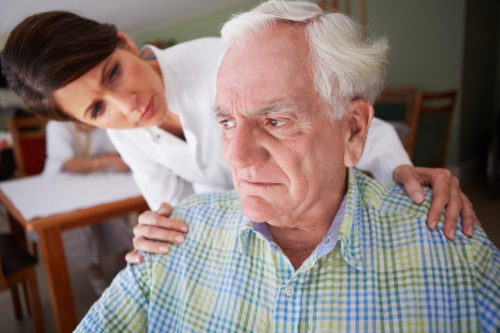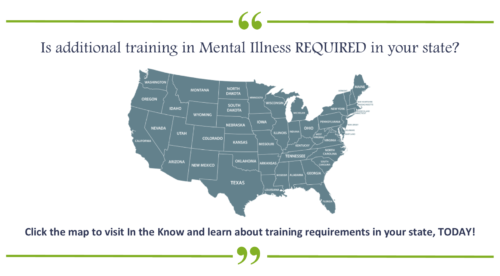
Depression and suicide among seniors is more common than you think. In fact, the highest rate of suicide is found among adults between 45 and 64 years of age. The second highest rate occurs in those 85 years or older.
But, it’s the holidays. Families gather. Cookies are everywhere. Familiar old-timey tunes about snow and mistletoe blast from every speaker. Christmas magic is all around!
It’s just not a good time to talk about depression and suicide, is it?
Unfortunately, it’s always a good time to talk about it.
Here are 11 things about depression and suicide you don’t want to talk about, but should anyway:
- Older people make fewer suicide attempts, but have a higher rate of success.
- People over age 65 make up 12 percent of the population, but they account for 16 percent of all suicide deaths.
- Depression is not assessed or diagnosed well in older adults. It’s seen as a normal part of aging.
- Depression may look different in older adults. For example, a depressed older adult is more likely to be irritable than sad.
- There remains a stigma about mental health across all age groups, but it is even stronger in the elderly population.
- Research indicates that between 18 and 25 percent of elderly people need some form of mental health care. However, only 3 percent of all Medicare reimbursement is for psychiatric treatment.
- Studies show that seniors who commit suicide tend to have poor quality of sleep.
- Guns are used in nearly half of all suicides among older people.
- Isolation and loneliness are two of the greatest factors that lead to depression and suicide.
- A sharp increase in depression and suicide is found among seniors who have poor health or chronic pain.
- Decreased ability to care for oneself and fear of becoming a burden can lead to depression and suicidal thoughts.
A Small Silver Lining . . .
Some experts believe there is a slight drop in the number of suicides among seniors during the holidays. This could be the result of more frequent visits from family and friends. Or, it may be related to the “act of giving” associated with the holidays. Seniors who give gifts or make donations report having a greater sense of “purpose” which can decrease depression.
But, for many seniors, the holidays amplify losses and intensify loneliness. Families are more spread out, making visits less frequent. The sights and sounds of “holiday cheer” can serve as a cruel reminder of days gone by.
Direct care workers (CNA’s, HHA’s, PCA’s and non-medical caregivers) serving seniors in home care, home health and assisted living are often the daily witness to their clients’ depression and suicidal thoughts.
Administrators, supervisors and those that manage the direct-care workforce need to stand ready with helpful advice, additional training and a list of local resources to help.
One caregiver notes, “I have one client who tells me every day he’s going to sit in the tub and slit his wrists. I reported this to my supervisor, but all she said was, ‘the family is aware.’ How is that helpful?”
So, how can you support depressed or suicidal seniors and the direct care workers who spend the most time with them?
- Offer continuing education on Depression and Suicide to your employees throughout the year.
- Make a list of local resources for clients and their family members.
- Offer helpful advice and ongoing support to caregivers who care for depressed and suicidal clients. Click HERE for a sample page from Understanding Suicide on the importance of self-care for direct care workers.
How do you support depressed or suicidal seniors and the direct care workers who spend the most time with them? Let us know in the comments below. It may not be fun, but it’s always a good time to have the conversation.



